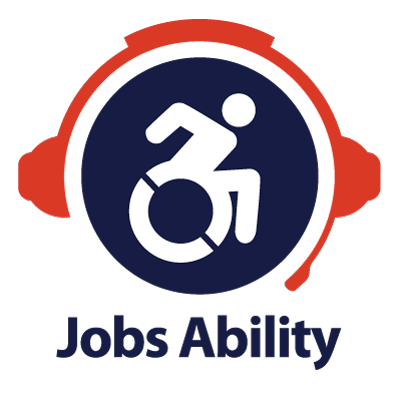Job Opportunity: ARC Document Solutions – Business Development Rep. Facilities
September 14, 2018Job Opportunity: Texas Health Resources | Therapist
November 22, 2018Job Title: Medical Lab Scientist-Microbiology-3rd shift
Company Name: Texas Health Resources
Location: Dallas, Texas, United States, 75231
Duties
- Specimen Integrity:
Specimen integrity is recognized by evaluating and solving problems related to collection and/or processing of specimens. - Specimen conditions are identified that adversely affect test results.
- Maintains specimen integrity throughout the testing process.
Laboratory Operations:
- Facilitates workflow process.
- Checks outstanding tests list in a timely manner.
- Troubleshoots and follows through on outstanding tests which appear to have not been collected/received when expected.
- Knows and uses computer downtime procedures as needed when computer is not available.
- Gives proper notification when supplies need to be ordered.
- Utilizes time between testing to accomplish other needed tasks. (evaluation of kits, preparing controls, supply management, housekeeping duties, etc).
- Performs tasks in a manner that enhances the quality of care.
- Helps other hospital and laboratory coworkers to provide timely patient care.
- Demonstrates active cost effectiveness.
- Professional Accountability:
- Participates in orientation and training of students, volunteers, new employees and observers.
- Maintains commitment to profession by attending continuing education sessions. (Ex. Web seminars, ASCP seminars, Tarleton and Lab sponsored seminars by industry.)
- Completes mandatory hospital/laboratory education and departmental competencies within required time frame.
- Mandatory health requirements are completed with required time frame.
- Completes assigned work within required time and offers assistance to other coworkers.
- Uses laboratory equipment (computer, instruments, etc) for hospital use only.
- Time and attendance is satisfactory.
- Employee exhibits a professional appearance.
- Seeks assistance/supervision/consultation as needed and reports to supervisor any problems and/or solution regarding delivery of patient care.
- Interacts professionally and pleasantly with all encountered and promotes customer satisfaction.
Test Procedures:
- Follows established laboratory test procedures, including using proper computer protocol.
- Evaluates and reports test results.
- Communicates and documents relevant patient data to appropriate personnel.
- Relays information to next shift and coworkers. (Instrument malfunctions, unusual patient results, testing problems.)
- Gives direction and guidance to technical staff and laboratory support personnel.
- Quality Control/Documentation:
- Demonstrates understanding of quality control guidelines.
- Documents quality control utilizing appropriate methods.
- Follows Laboratory policies when quality control is not within established limits.
- Resolves quality control discrepancies before releasing/reporting patient results.
- Documents corrective action.
Location:
8200 Walnut Hill Ln, Dallas, TX 75231
Salary:
The salary range is commensurate with work experience: $24.84-$37.92
Hours
Full Time; 3rd Shift
9:00pm-7:30am, 8on- 6 off, Wednesday to Wednesday, rotating weekends
Education
Bachelor’s Degree Medical Technology, Applied Technology, Clinical Lab Science or Chemical, Physical or Biological Science preferred.
Individuals hired as a CLS II prior to January 3, 2010 will be grandfathered to the MLS position with existing education. degree may be obtained within 3 months of hire
Experience
Internship in an approved Medical Technology training program Required
1 years experience in a Microbiology preferred
Licenses and Certifications
MT(ASCP) – Medical Technologist within 90 Days required Or
MLS(ASCP) – Medical Lab Scientist within 90 Days required Or
Other AMT, AAB, HHS, NCA, HEW, CLS- CA, FL, NY state license, Philippine Board of Technical Technology Upon Hire required
Skills
Strong positive interpersonal skills. Ability to read, write and speak English clearly. Problem solving ability, time management skills. Possess organizational skills to function successfully in a fast paced work environment.
Apply Here: http://www.Click2Apply.net/mztwhz84rjc427xz
PI104695192
